Full text
PDF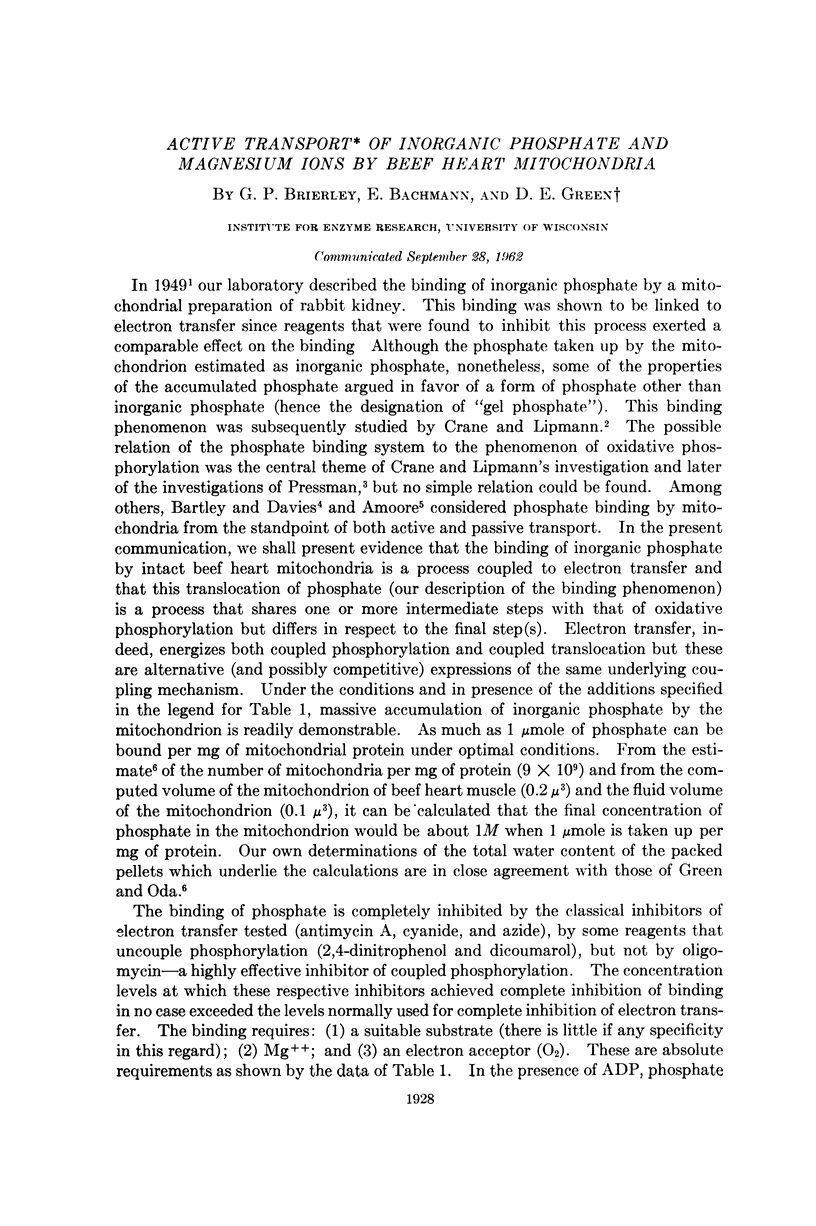
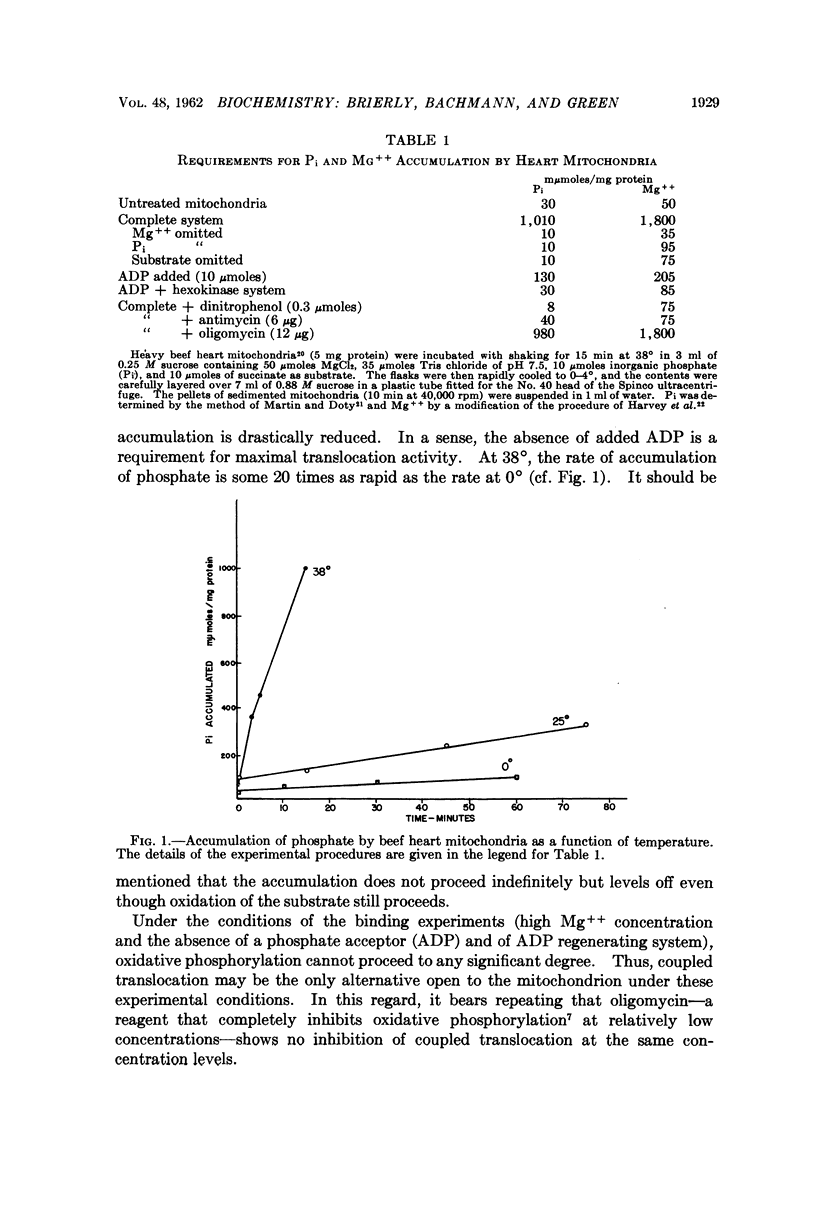
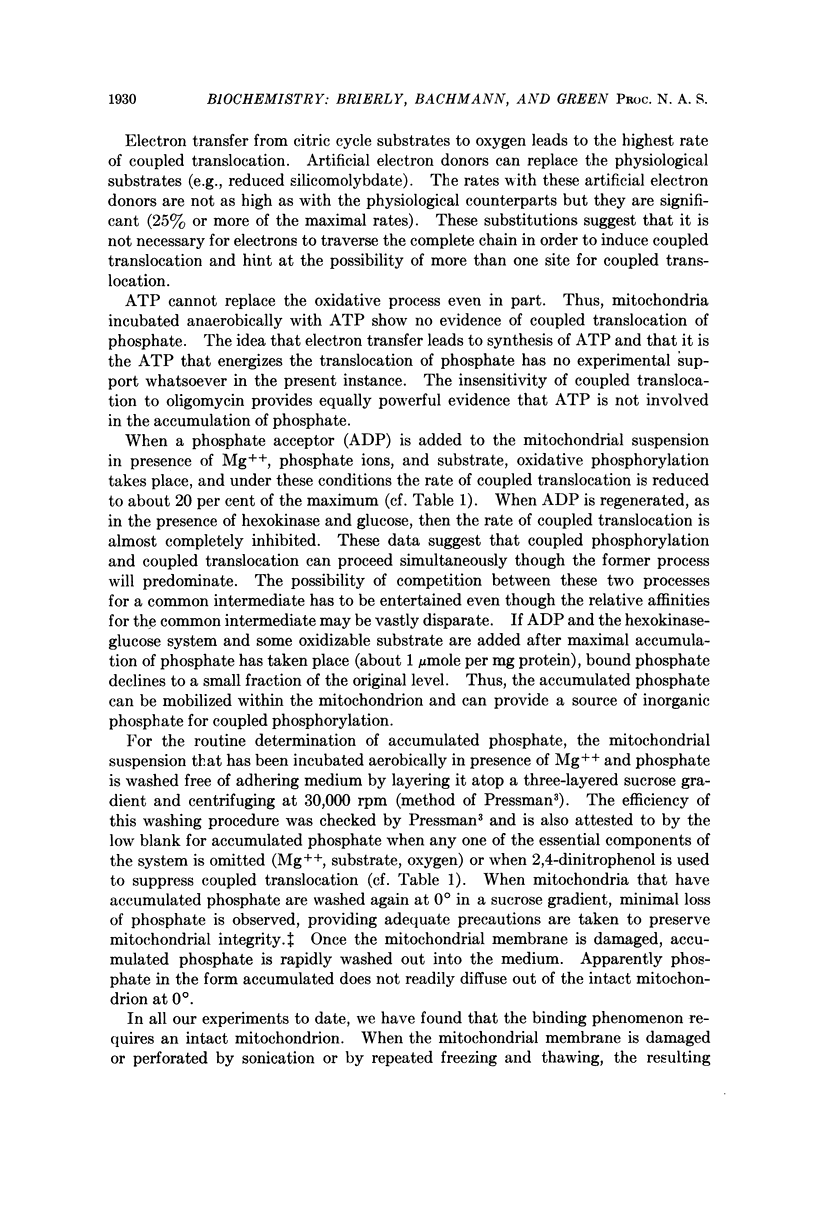
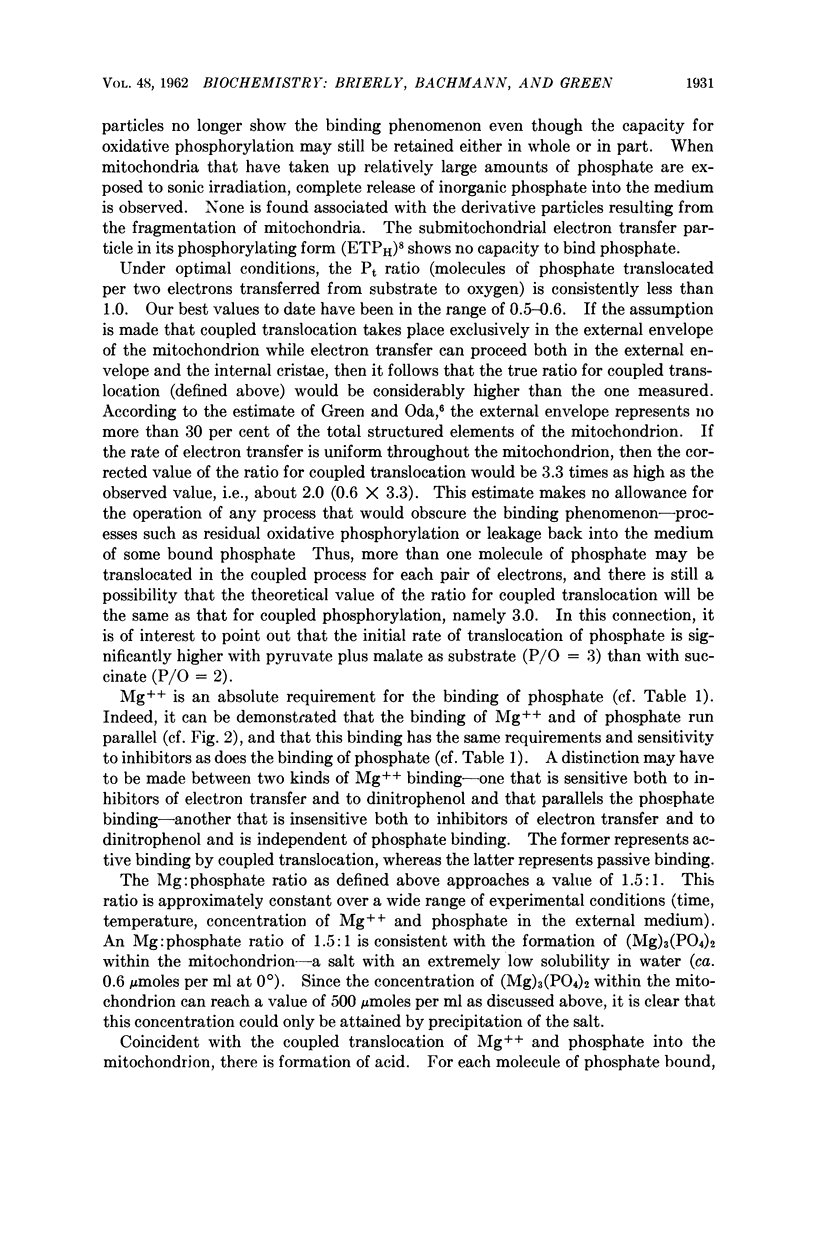
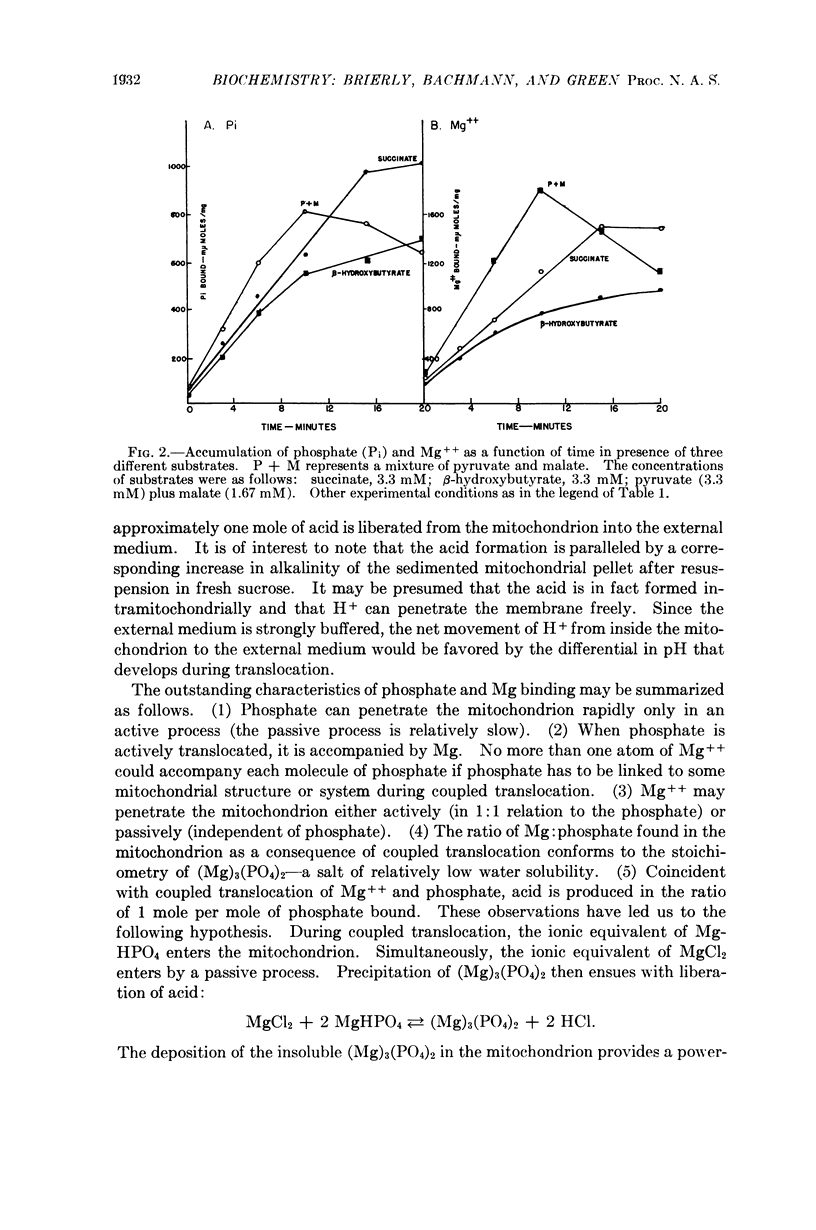
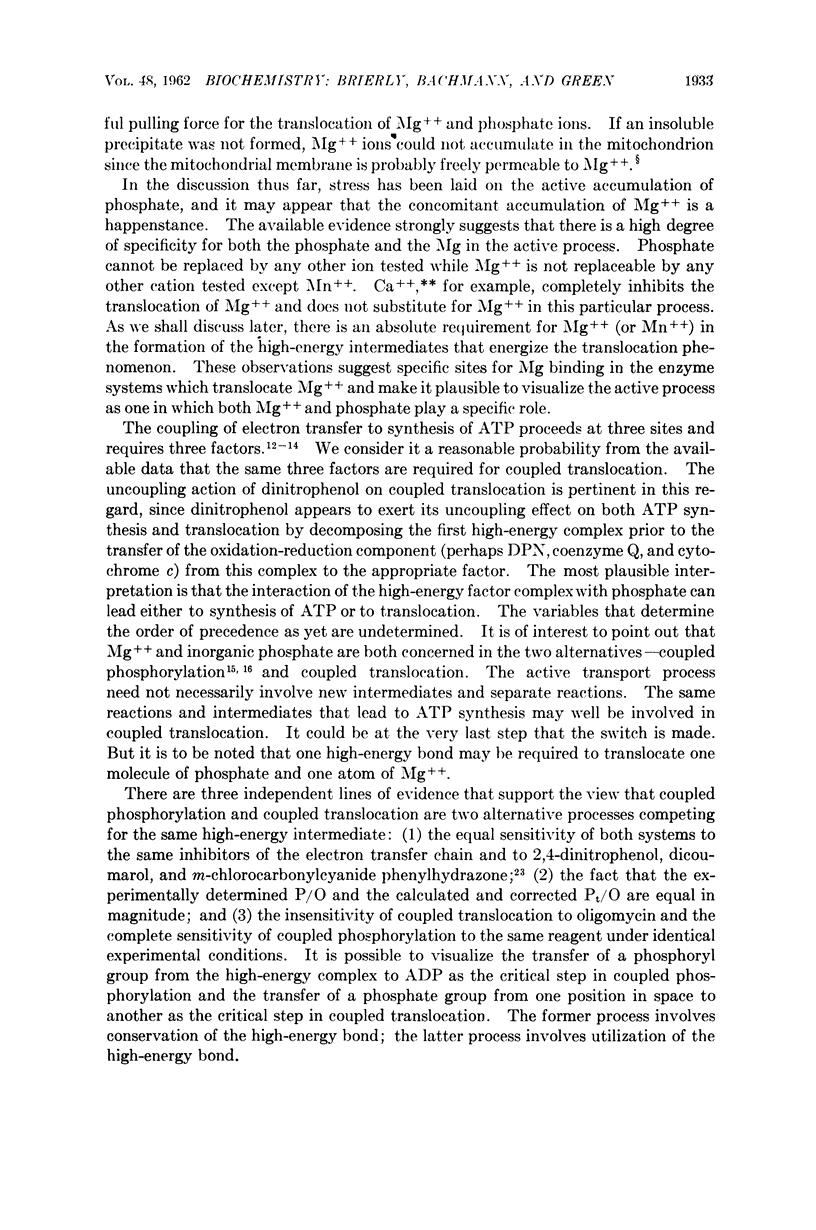


Selected References
These references are in PubMed. This may not be the complete list of references from this article.
- AMOORE J. E. The permeability of isolated rat-liver mitochondria at 0 degree to the metabolites pyruvate, succinate, citrate, phosphate, adenosine 5'-phosphate and adenosine triphosphate. Biochem J. 1958 Dec;70(4):718–726. doi: 10.1042/bj0700718. [DOI] [PMC free article] [PubMed] [Google Scholar]
- BARTLEY W., DAVIES R. E. Active transport of ions by sub-cellular particles. Biochem J. 1954 May;57(1):37–49. doi: 10.1042/bj0570037. [DOI] [PMC free article] [PubMed] [Google Scholar]
- CRANE R. K., LIPMANN F. The relationship of mitochondrial phosphate to aerobic phosphate bond generation. J Biol Chem. 1953 Mar;201(1):245–246. [PubMed] [Google Scholar]
- DELUCA H. F., ENGSTROM G. W. Calcium uptake by rat kidney mitochondria. Proc Natl Acad Sci U S A. 1961 Nov 15;47:1744–1750. doi: 10.1073/pnas.47.11.1744. [DOI] [PMC free article] [PubMed] [Google Scholar]
- GREEN D. C., ATCHLEY W. A. Studies the cyclophorase system; incorporation of P32. Arch Biochem. 1949 Dec;24(2):359–374. [PubMed] [Google Scholar]
- GREEN D. E., ODA T. On the unit of mitochondrial structure and function. J Biochem. 1961 Jun;49:742–757. doi: 10.1093/oxfordjournals.jbchem.a127366. [DOI] [PubMed] [Google Scholar]
- HATEFI Y., LESTER R. L. Studies on the mechanism of oxidative phosphorylation. III. Phosphorylating particle types from beef heart. Biochim Biophys Acta. 1958 Jan;27(1):83–88. doi: 10.1016/0006-3002(58)90294-4. [DOI] [PubMed] [Google Scholar]
- HEYTLER P. G., PRICHARD W. W. A new class of uncoupling agents--carbonyl cyanide phenylhydrazones. Biochem Biophys Res Commun. 1962 May 4;7:272–275. doi: 10.1016/0006-291x(62)90189-4. [DOI] [PubMed] [Google Scholar]
- LARDY H. A., JOHNSON D., McMURRAY W. C. Antibiotics as tools for metabolic studies. I. A survey of toxic antibiotics in respiratory, phosphorylative and glycolytic systems. Arch Biochem Biophys. 1958 Dec;78(2):587–597. doi: 10.1016/0003-9861(58)90383-7. [DOI] [PubMed] [Google Scholar]
- LINNANE A. W., ZIEGLER D. M. Studies on the mechanism of oxidative phosphorylation. V. The phosphorylating properties of the electron transport particle. Biochim Biophys Acta. 1958 Sep;29(3):630–638. doi: 10.1016/0006-3002(58)90021-0. [DOI] [PubMed] [Google Scholar]
- PRESSMAN B. C. Intramitochondrial nucleotides. I. Some factors affecting net interconversions of adenine nucleotides. J Biol Chem. 1958 Jun;232(2):967–978. [PubMed] [Google Scholar]
- Pinchot G. B. A HIGH-ENERGY INTERMEDIATE OF OXIDATIVE PHOSPHORYLATION. Proc Natl Acad Sci U S A. 1960 Jul;46(7):929–938. doi: 10.1073/pnas.46.7.929. [DOI] [PMC free article] [PubMed] [Google Scholar]
- VASINGTON F. D., MURPHY J. V. Ca ion uptake by rat kidney mitochondria and its dependence on respiration and phosphorylation. J Biol Chem. 1962 Aug;237:2670–2677. [PubMed] [Google Scholar]
- WEBSTER G. A protein factor required for the phosphorylation accompanying oxidation reduced cytochrome c. Biochem Biophys Res Commun. 1962 Apr 20;7:245–249. doi: 10.1016/0006-291x(62)90183-3. [DOI] [PubMed] [Google Scholar]


